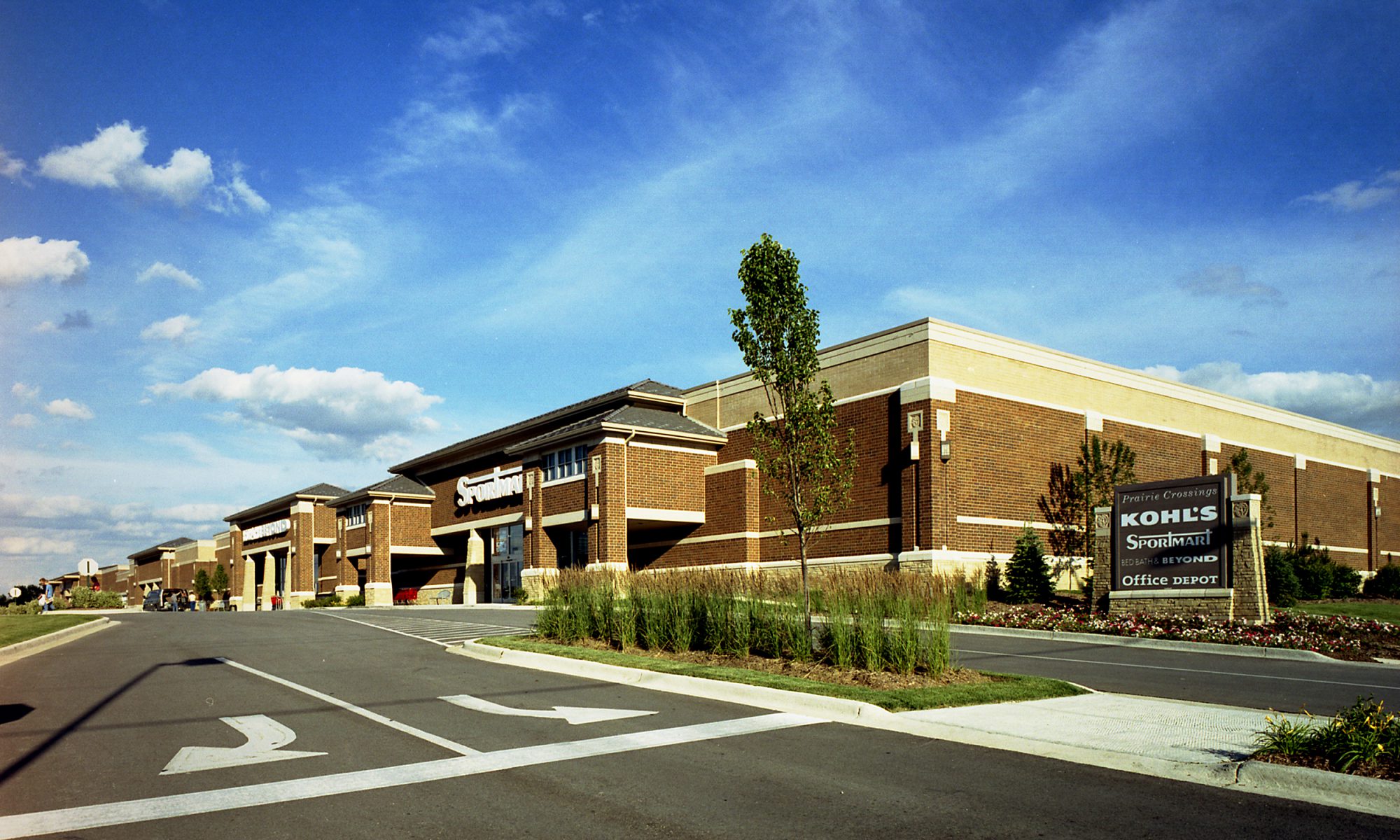
New construction plans tend to pick up once the worst of winter weather has subsided, and that means one thing: preparation has to speed up, as well. There are major benefits to getting started early in the year:
- Staying ahead of competition
- Efficient working conditions
- More viable months ahead
- Potentially fewer obstacles and delays
The time frame set for initiating a construction project is important, as it determines when all of the subsequent steps in the building process will take place. What does preparation look like on new spring construction?
Plan to Break Ground in Mild Weather
It’s always best to break ground during milder temperatures. Plus, with freezing days behind you there will likely be less risk of weather-related delays. Keep in mind that concrete should be poured when it is roughly between 40 and 60 degrees. Naturally, the precise condition can’t always be anticipated, but it’s nice to know when planning construction that warmer days are ahead.
Conduct a Soil Investigation Report
In many projects, a soil investigation needs to take place in advance, as it is necessary to know about the presence of rocks, ground water and any inconsistencies before digging in. A thorough report can inform key steps in the construction process, such as the depth of excavation and possible cautionary measures.
Clear the Ground of Debris
Typically, there will be debris and other potential obstructions on the site of your new building project. Personnel and equipment will need to be lined up so this crucial initial step can be taken. Unexpected impediments could lead to costly delays.
Arrange for Temporary Facilities & Accommodations
A large commercial endeavor will often require the development of temporary facilities. You may need to arrange accommodations for a wide range of uses:
- Material storage
- Electrical supplies
- Equipment storage
- Laborers rest area
- Other related facilities
Whatever kind of support and accommodations the project will need must be arranged before construction begins, ground is excavated and surfaces are compacted.
Include Perimeter Fencing, Grid Lines and Surveying Equipment
As you get started, one important measure is the site perimeter fencing surrounding the area. Once the details have been approved, the grid lines contained in them will be set up within the construction area according to plan. This step is crucial, as these lines are generally a constant that function as reference points throughout the building process.
Whether through batter boards and stings on a smaller project, or theodolites and 3D scanners for bigger ones, some form of surveying equipment will be key in maintaining the integrity of the project moving forward.
Incorporate Safety Measures Throughout
Needless to say, the safety of workers and others should be of the highest consideration on every construction project. While some safety equipment may be standard, every step should be examined through this lens to ensure the proper work-safety measures will be in place on time. Considerations can include:
- Personal protective equipment (PPE)
- Fall protection for taller structure and rooftop work
- Work site organizational protocol
- Safe practices among all subcontractors
- Daily inspections
- Emergency plans
Consistent attention to safety is central to any construction project. Good communication with the parties involved every step of the way will be extremely helpful in enforcing the above measures.
Talk to W. A. RANDOLPH, INC. for a Reliable Construction Partner on Your Next Project
No matter your building needs, the team at W. A. RANDOLPH, INC. will ensure that there is sufficient time to address every stage of construction with the utmost care and professionalism.
Contact us this spring for a free consultation on your next design-build project.




